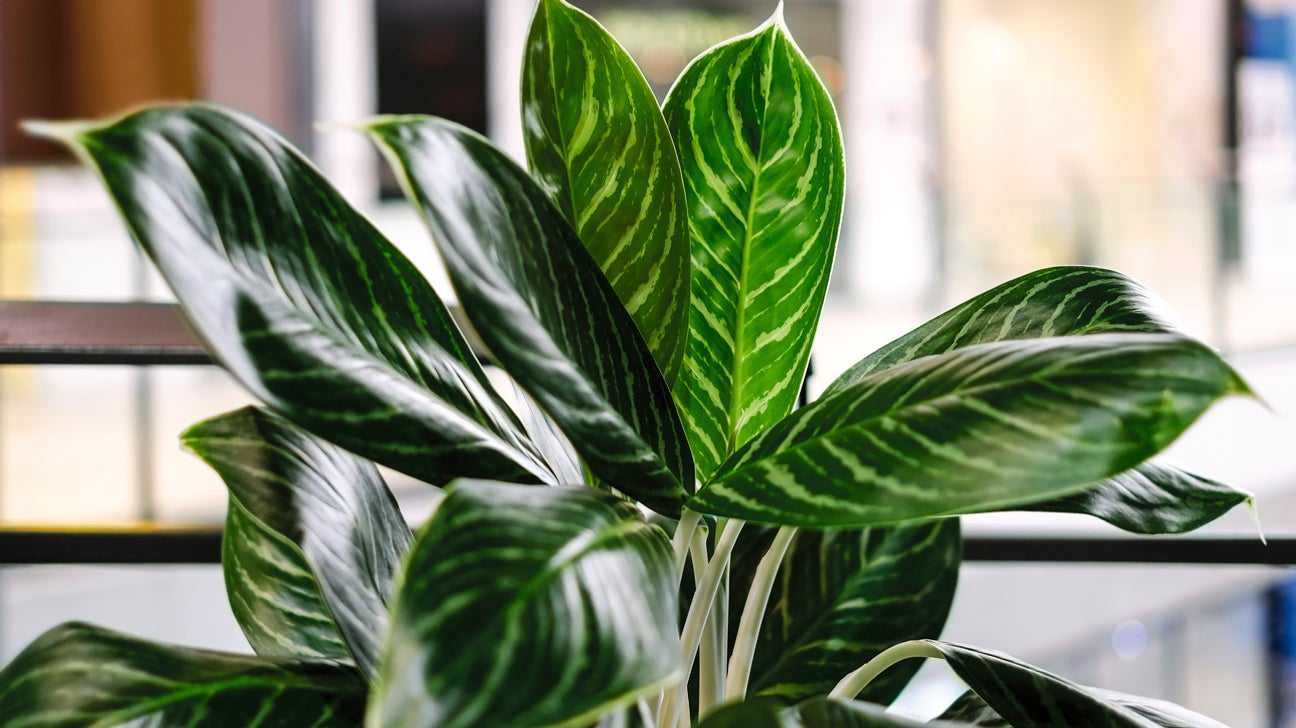Grow Winter Veggies Indoors: Top Picks

Imagine this: it's the dead of winter, the world outside is blanketed in snow, but you're snuggled up indoors, enjoying a fresh, crisp salad. Sounds like a dream? It's not! With a bit of know-how, you can grow your own winter indoor garden, filled with the best vegetables to grow in winter indoors. Let's dive in and discover how to bring a touch of spring to your winter days with indoor vegetable gardening.
Why Grow Vegetables Inside?
Growing vegetables inside isn't just a hobby; it's a way to ensure fresh, organic produce year-round. It's also a mood booster, transforming your home into a lush, green oasis when everything outside is frost-kissed. Plus, it's a fantastic way to recycle your kitchen scraps into compost. So, what are the best veggies for winter indoor plants? Let's find out.
Top Picks: Best Vegetables to Grow in Winter Indoors
1. Microgreens: The Tiny Titans

Microgreens are the baby plants of various vegetables and herbs, packed with flavor and nutrients. They're one of the best indoor veggies as they require little space and light. You can grow them in shallow trays on your kitchen counter. Check out this guide for a detailed overview of their nutritional benefits.
How to Grow:
- Scatter seeds densely in a shallow tray filled with potting soil.
- Mist with water and keep them in a sunny spot.
- Harvest in 1-3 weeks when the first true leaves appear.
2. Lettuce: The Leafy Companion
Lettuce is one of the best cold season vegetables, thriving in temperatures as low as 45°F (7°C). It's perfect for growing vegetables inside, as it needs minimal light and space.
How to Grow:
- Sow seeds in a well-draining pot, keeping the soil moist.
- Place in a spot with at least 6 hours of sunlight daily.
- Harvest leaves when they're about 3-4 inches tall.
3. Spinach: The Iron-Rich Friend
Spinach is another excellent choice for winter indoor plants. It's fast-growing and nutrient-rich, perfect for salads and smoothies.
How to Grow:
- Plant seeds in a deep pot with rich, well-draining soil.
- Keep in a cool spot with indirect sunlight.
- Harvest leaves when they're large enough to eat.
4. Radishes: The Speedy Roots
Radishes are one of the fastest-growing vegetables, making them ideal for indoor vegetable gardening. They're also one of the best indoor veggies for beginners.
How to Grow:
- Plant seeds in a deep pot filled with loose, sandy soil.
- Keep them in a sunny spot and water regularly.
- Harvest in 3-4 weeks when the roots are about 1 inch in diameter.
5. Carrots: The Vitamin-Packed Treat
Carrots are surprisingly easy to grow indoors. They prefer cooler temperatures and can thrive with minimal light.
How to Grow:
- Plant seeds in a deep pot filled with loose, sandy soil.
- Keep them in a spot with at least 6 hours of sunlight daily.
- Harvest in 2-3 months when the carrot tops are lush and green.
Tips for Successful Winter Indoor Gardening
Growing vegetables inside requires a bit of finesse. Here are some tips to help you succeed:
- Light: Most vegetables need at least 6 hours of sunlight daily. South-facing windows are best. Consider using grow lights if natural light is scarce.
- Temperature: Most winter indoor plants prefer cooler temperatures, between 60-70°F (15-21°C).
- Water: Water regularly, but be careful not to overwater. The soil should be moist, not soggy.
- Fertilizer: Use a balanced, water-soluble fertilizer every 2-4 weeks to keep your plants well-fed.
Conclusion: Embrace the Green Indoors
Growing the best vegetables to grow in winter indoors is not just about having fresh produce; it's about nurturing life and growth during the cold, dark months. It's a testament to your nurturing skills and a source of joy and pride. So, why not start your indoor vegetable gardening adventure today? Your winter days are about to get a whole lot greener.
FAQs
What vegetables can grow in winter indoors without much light?
- Vegetables like lettuce, spinach, and microgreens can tolerate lower light conditions. However, all plants need some light to grow. Consider using grow lights if natural light is insufficient.
How can I grow vegetables indoors without soil?
- You can use hydroponic systems to grow vegetables indoors without soil. These systems use water and nutrient solutions to feed the plants.
What is the fastest-growing vegetable indoors?
- Microgreens and radishes are some of the fastest-growing vegetables. You can harvest microgreens in as little as 1-3 weeks, and radishes in about 3-4 weeks.
Can I grow vegetables indoors in the winter without heat?
- Many winter indoor plants prefer cooler temperatures. However, most homes provide enough heat for indoor vegetable gardening. If you're concerned about heat, choose cool-season vegetables like lettuce and spinach.
What is the best way to water indoor vegetables?
- The best way to water indoor vegetables is to keep the soil consistently moist but not waterlogged. Water when the top inch of soil feels dry. You can use a watering can or a spray bottle for smaller plants.

Happy growing! Remember, every expert was once a beginner. Don't be afraid to get your hands dirty and make mistakes. That's how you learn and grow, just like your plants.
0 Response to "Grow Winter Veggies Indoors: Top Picks"
Post a Comment